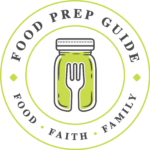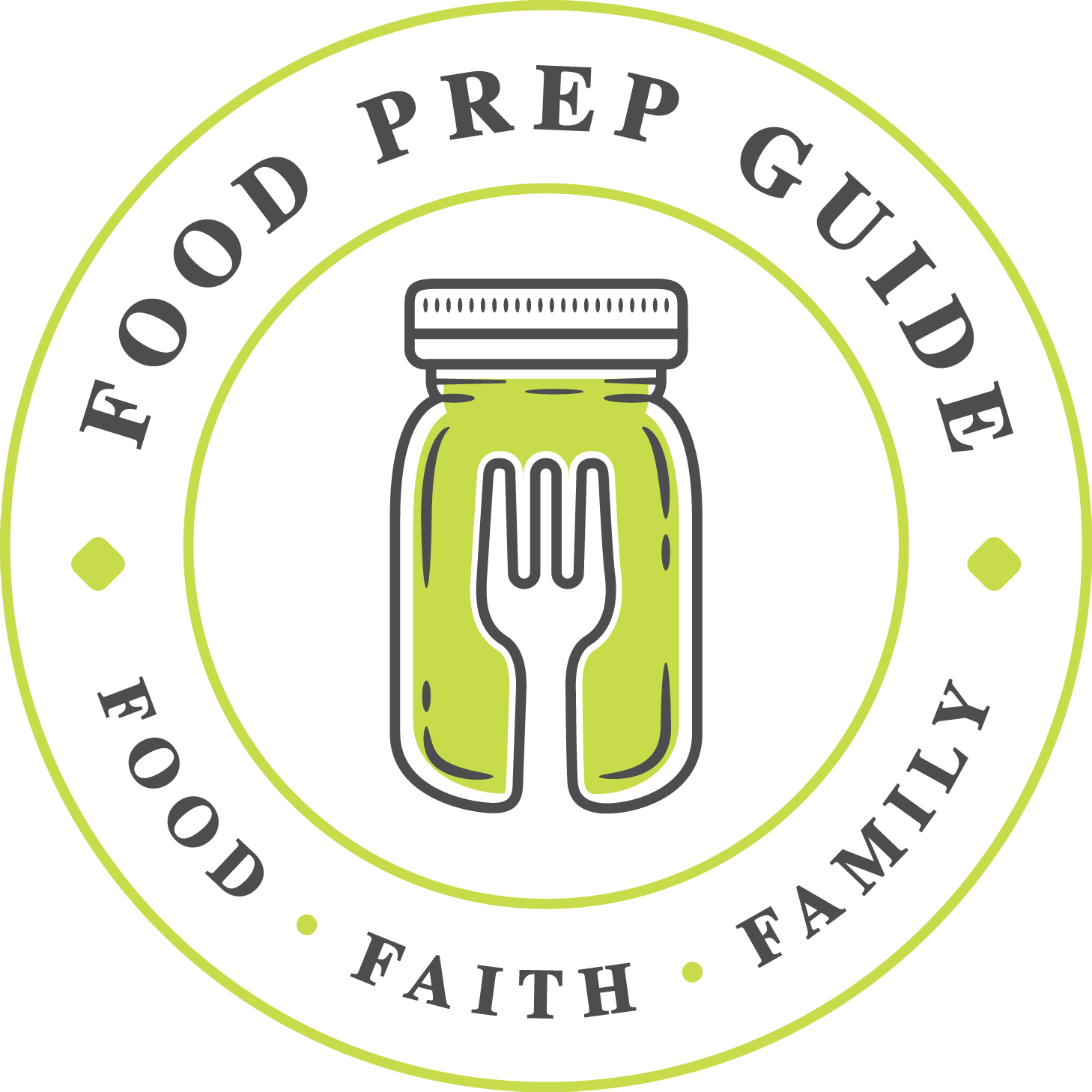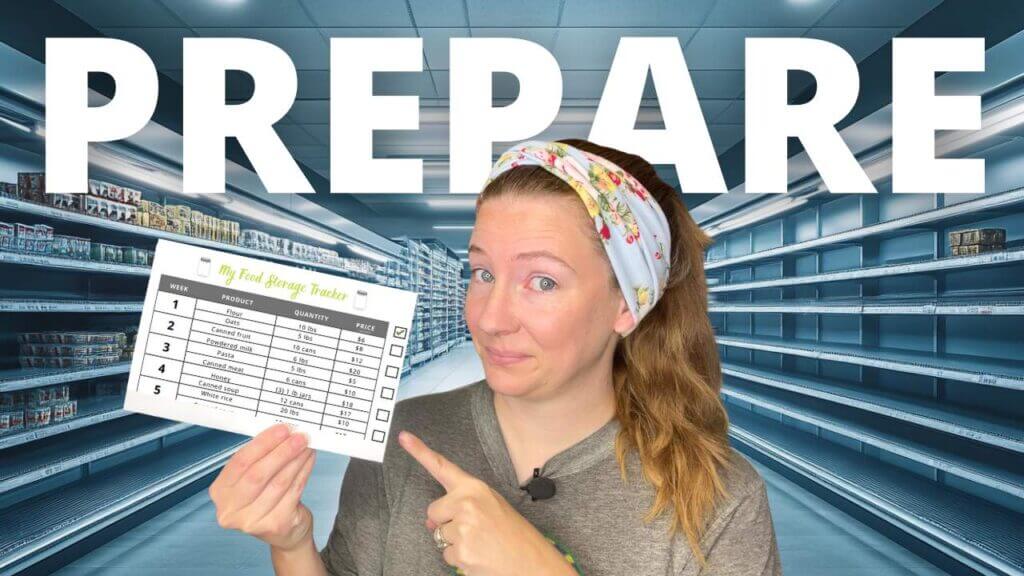Raise your hand if this sounds familiar:
You want a prepared pantry, so you head to Google and get hit with massive lists, conflicting advice, major budget shock, and completely unrealistic storage scenarios.
Let’s be honest—most pantry advice assumes you have unlimited money and can turn a spare bedroom into a miniature warehouse.
But here’s the thing …
There’s a huge difference between filling your pantry with 30-year shelf-life foods and building a system that actually serves your family in everyday life.
Today I’m sharing the exact road map I wish I’d had when we first started. It’s the fastest route to a prepared pantry that’s still realistic, considering the money and space limitations most of us face.
Step 1: Foundation Week (Know Your Baseline)
Before you buy anything, you need to understand what you actually eat. Most people skip this step and waste money on random items they’ll never use.
Here’s what’s fascinating: The data you gather will reveal patterns you never noticed before. Most families think they eat way more variety than they actually do.
Your mission:
- Track what you eat for one full week
- Every meal, every snack, for every person
- Write down what you ate, how much, and how often
Grab a notebook and jot it down throughout the week. This becomes your blueprint for everything that follows.
Step 2: The Two-Week Challenge
Instead of buying random bulk items without a plan, start with what you already know your family likes.
Take your notes from Foundation Week and identify your top 10 most-eaten meals. Then buy enough shelf-stable versions to make those meals for two weeks.
Notice I said 10 meals—that’s because we’re building in leftover days. Very important for keeping this realistic!
Translation examples:
- Spaghetti night → pasta, jarred sauce, canned mushrooms, dried herbs
- Taco Tuesday → rice, beans, salsa, dehydrated corn, seasonings, canned chicken
- Breakfast → oats, powdered milk, canned fruit, honey
If your family ate meals with lots of chicken, you know you need canned chicken. Peppers and mushrooms in everything? Stock up on dehydrated or canned versions.
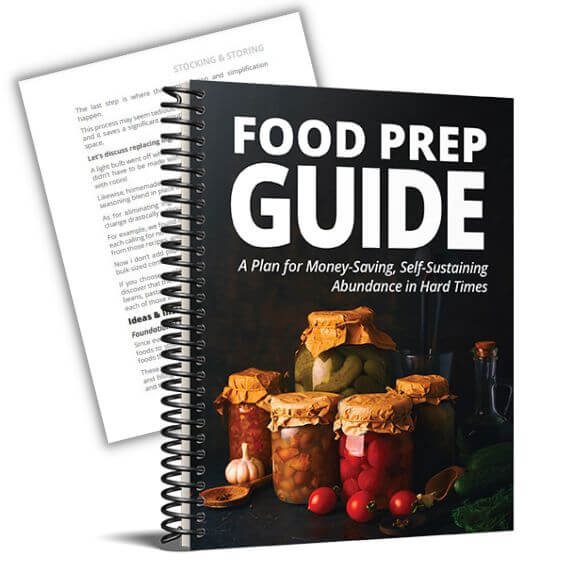
GET THE BOOK!
Food Prep Guide: A Plan for Money-Saving, Self-Sustaining Abundance in Hard Times is a book of strategies & tutorials that help you build a long-term pantry that sustains your family on a budget—even in the midst of rising food costs.
Step 3: The Rotation System (This Changes Everything)
This is what separates a functional pantry from a doomsday bunker collecting dust.
All those shelf-stable items you just gathered? Don’t toss them in a closet and forget about them. Set up a rotation system from day one.
How it works:
- Use your stored food regularly
- Constantly replace what you use
- Follow “first in, first out”—new items go in back
- Pull from older items first
This keeps everything fresh and ensures you actually know how to cook these meals when it matters.
Plus, you’re not creating a warehouse in your house because you’re constantly using and rotating through everything.
Step 4: Strategic Scale-Up
Once you’ve mastered the two-week rotation, scale strategically. Don’t buy random bulk items—multiply what already works.
Scale your proven two-week menu to one month, then three months, then six months. It’s simple multiplication: more of what you know you’ll eat, with variety added slowly.
Pro tip: We have a FREE 1-Year Food Storage Plan that breaks down a year’s supply week by week using common ingredients most families actually cook with. It’s designed for $10-20 weekly additions—totally manageable!
FREE FOOD STORAGE PLAN!
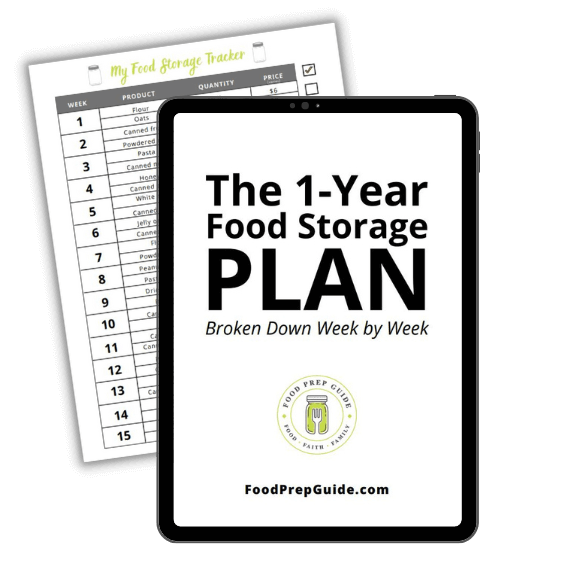
Does gathering and storing a year’s worth of food for your family seem overwhelming and unachievable?
Make it easy with our step-by-step plan. Subscribe to our weekly newsletter & we’ll send it to you FREE!
Step 5: The Reality Test (Don’t Skip This!)
You’ve got your pantry and rotation system, but have you stress-tested it? This reveals gaps you’d never notice otherwise.
Pick a Friday through Sunday and live off your pantry for three days. Be strict—no grocery runs, no fresh additions. Use only what you’ve stored.
This test reveals:
- Can you actually cook these meals?
- Does your family eat them willingly?
- Do you have all necessary seasonings and basics?
- What key ingredients or cookware are missing?
Make it fun, but be disciplined. This trial run shows you exactly what needs fixing before it becomes critical.
Step 6: Maintenance Phase (Set It and Almost Forget It)
Once your system is dialed in, it practically runs on autopilot. You still grocery shop and meal plan, but everything flows smoothly.
Simple maintenance habits:
- Monthly inventory check
- Quarterly rotation refresh
- Annual system review (life and dietary needs change!)
Solving the Two Biggest Roadblocks
Roadblock #1: Space
Start with under-bed storage. A four-piece set of 6-inch bed risers creates amazing storage space that’s probably unused right now. You could also use closet shelving or a dedicated cabinet, but under-bed storage is the easiest win.
Roadblock #2: Money
This road map actually saves money because you’re not buying random bulk items you’ll never use. Start and scale with just $10-20 per week—exactly where we aimed when creating our free storage plan.
Your Turn to Build Smart
Building a prepared pantry doesn’t have to involve turning your home into a warehouse or spending thousands upfront. Start with what you know your family eats, build slowly, and test everything.
The goal isn’t to prep for the apocalypse—it’s to create a system that serves your family through everyday chaos, unexpected expenses, supply shortages, or any bump in the road.
Ready to get your FREE 1-Year Food Storage Plan? It’s designed around this same realistic, frugal approach and breaks everything down week by week!
FREE FOOD STORAGE PLAN!

Does gathering and storing a year’s worth of food for your family seem overwhelming and unachievable?
Make it easy with our step-by-step plan. Subscribe to our weekly newsletter & we’ll send it to you FREE!
